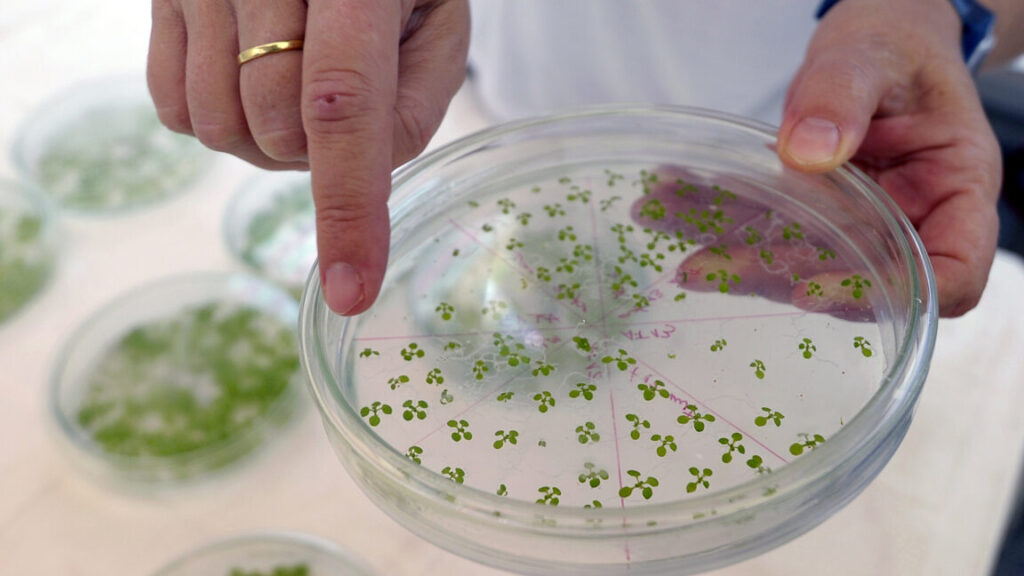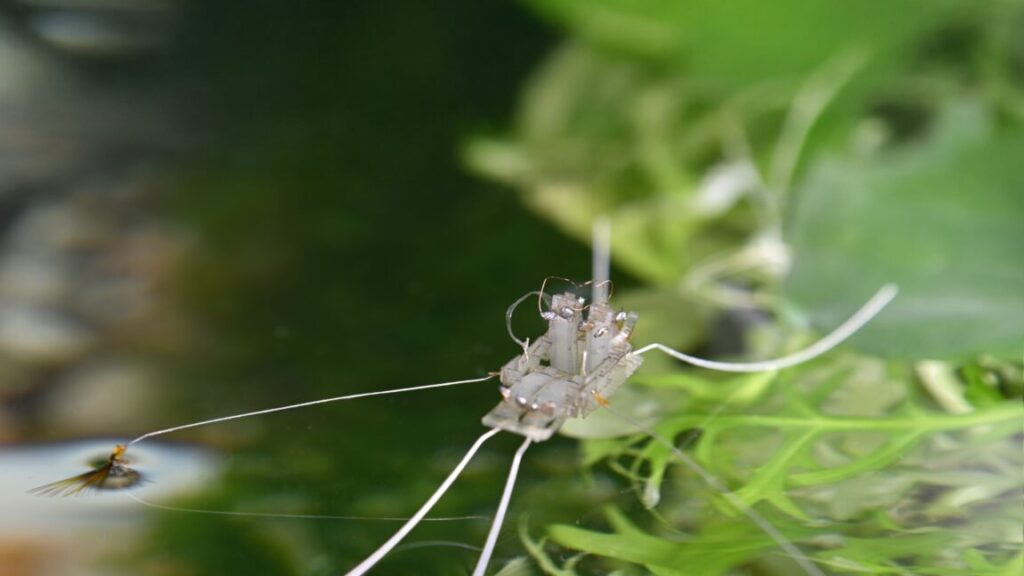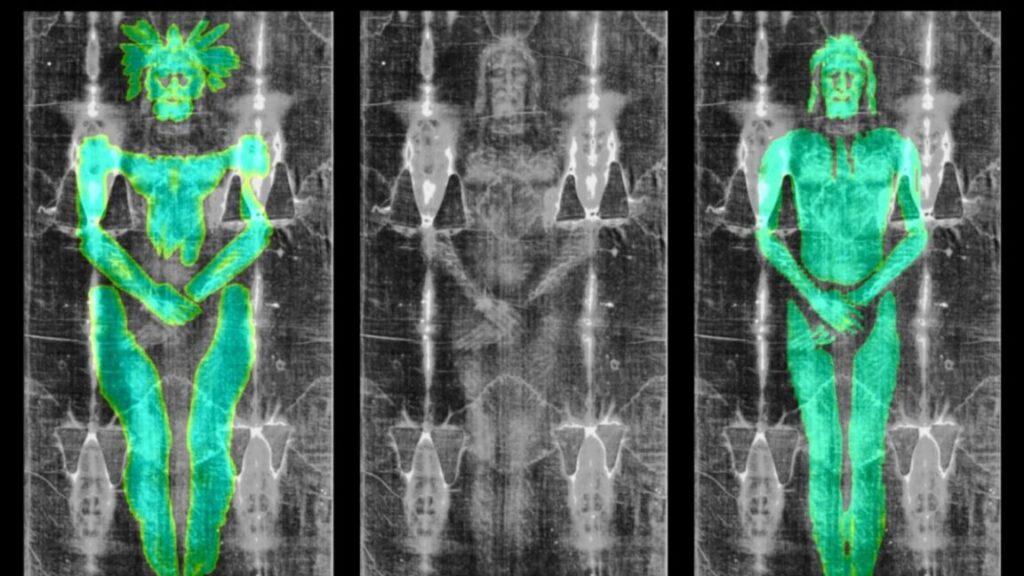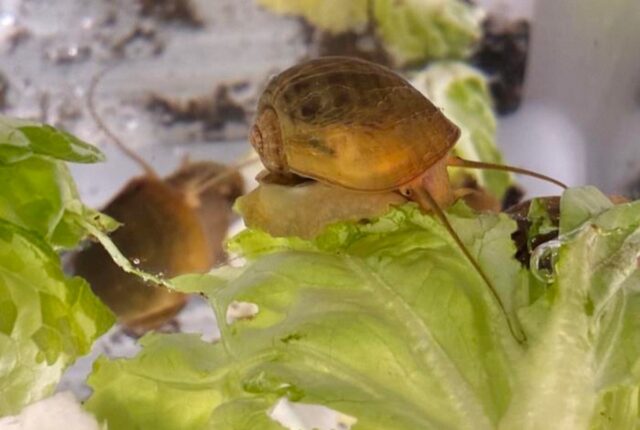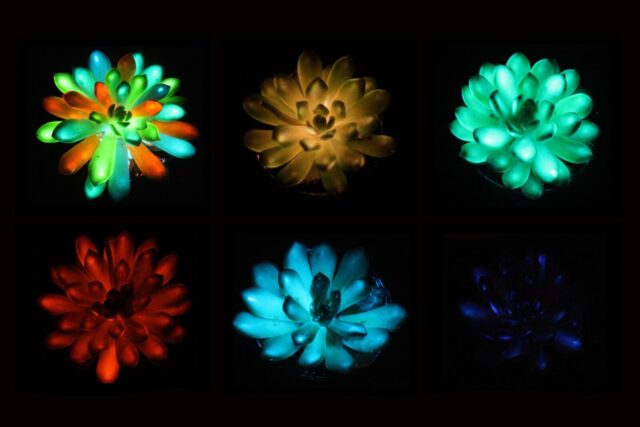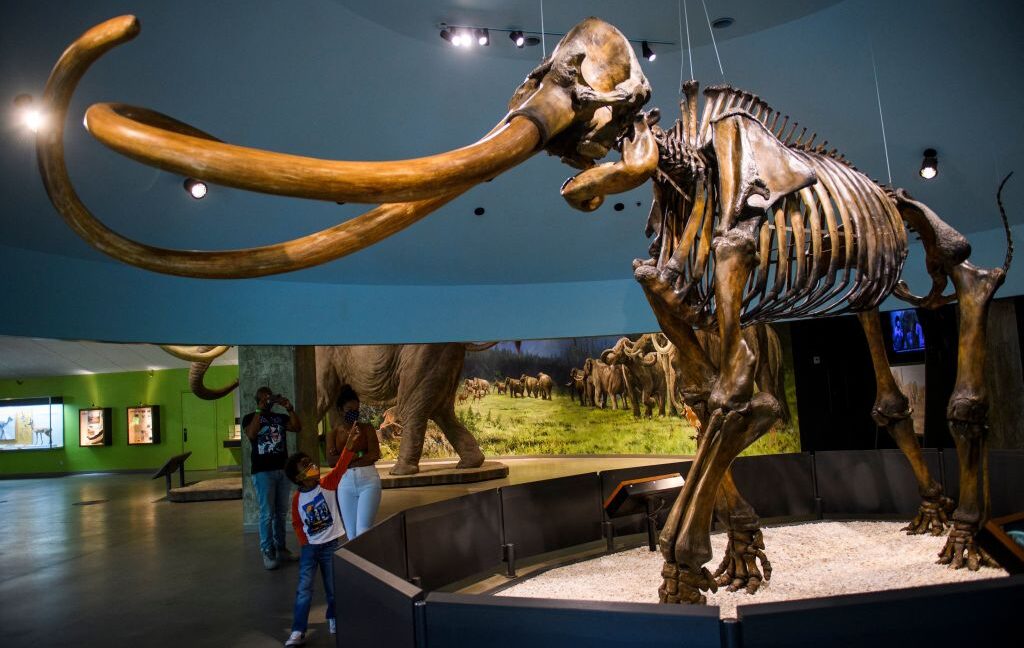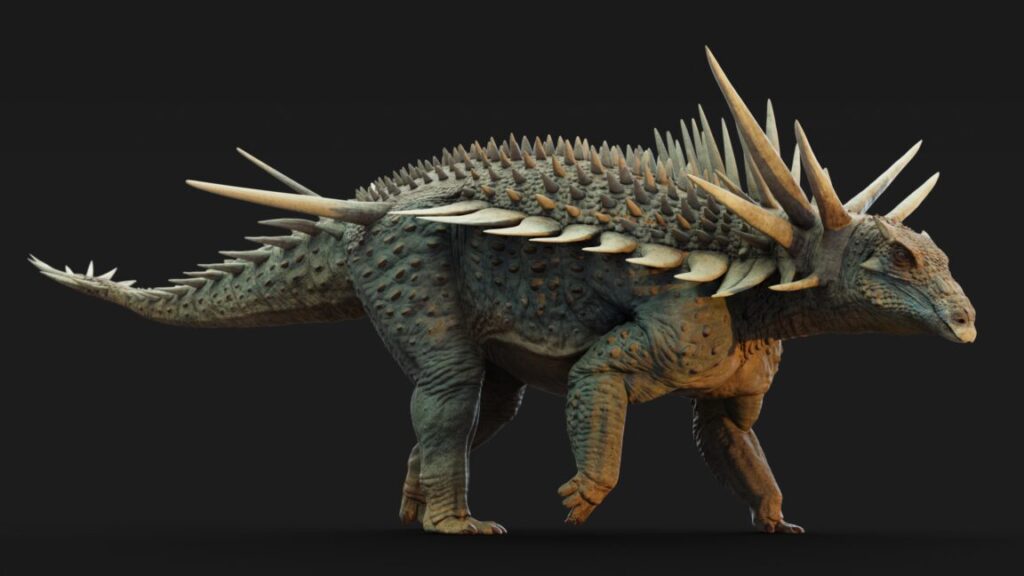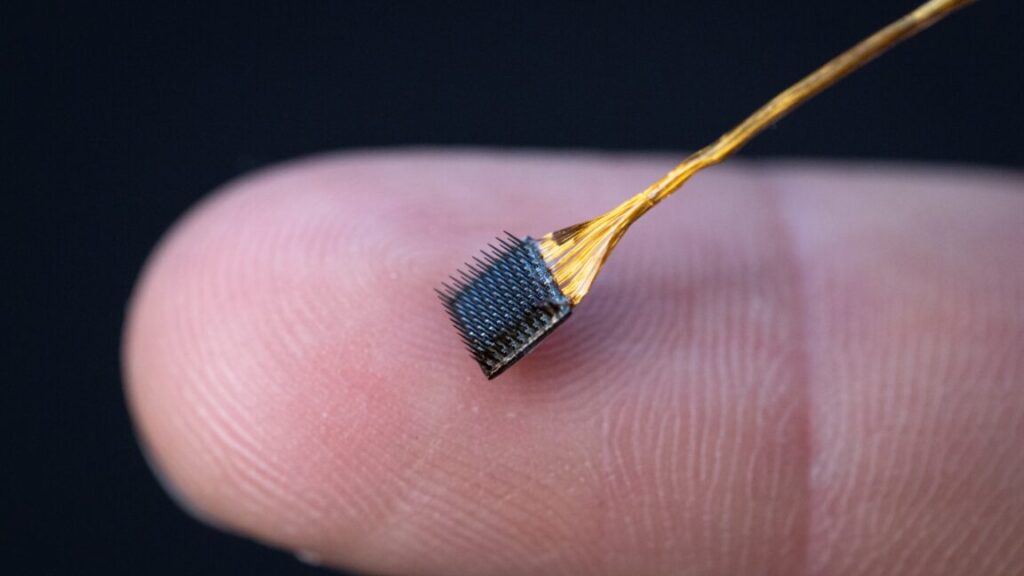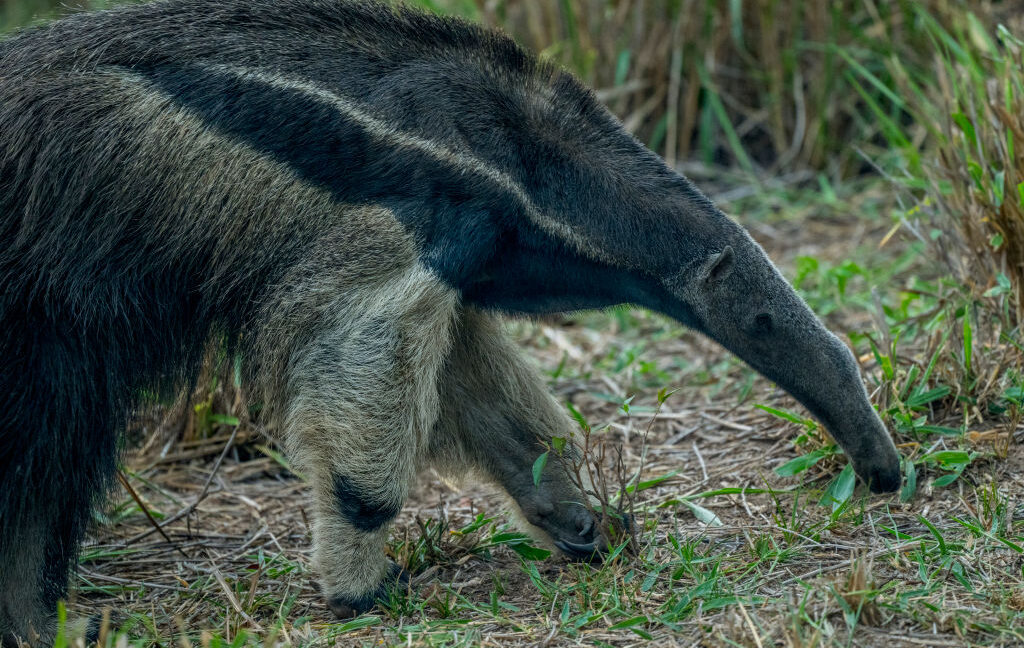Some dogs can classify their toys by function
Certain dogs can not only memorize the names of objects like their favorite toys, but they can also extend those labels to entirely new objects with a similar function, regardless of whether or not they are similar in appearance, according to a new paper published in the journal Current Biology. It’s a cognitively advanced ability known as “label extension,” and for animals to acquire it usually involves years of intensive training in captivity. But the dogs in this new study developed the ability to classify their toys by function with no formal training, merely by playing naturally with their owners.
Co-author Claudia Fugazza of Eötvös Loránd University in Budapest, Hungary, likens this ability to a person calling a hammer and a rock by the same name, or a child understanding that “cup” can describe a mug, a glass, or a tumbler, because they serve the same function. “The rock and the hammer look physically different, but they can be used for the same function,” she said. “So now it turns out that these dogs can do the same.”
Fugazza and her Hungarian colleagues have been studying canine behavior and cognition for several years. For instance, in 2023, we reported on the group’s experiments on how dogs interpret gestures, such as pointing at a specific object. A dog will interpret the gesture as a directional cue, unlike a human toddler, who will more likely focus on the object itself. It’s called spatial bias, and the team concluded that the phenomenon arises from a combination of how dogs see (visual acuity) and how they think, with “smarter” dog breeds prioritizing an object’s appearance as much as its location. This suggests the smarter dogs’ information processing is more similar to that of humans.
Another aspect of the study involved measuring the length of a dog’s head, which prior research has shown is correlated with visual acuity. The shorter a dog’s head, the more similar their visual acuity is to human vision. That’s because there is a higher concentration of retinal ganglion cells in the center of their field of vision, making vision sharper and giving such dogs binocular depth vision. The testing showed that dogs with better visual acuity, and who also scored higher on the series of cognitive tests, also exhibited less spatial bias. This suggests that canine spatial bias is not simply a sensory matter but is also influenced by how they think. “Smarter” dogs have less spatial bias.
Some dogs can classify their toys by function Read More »

